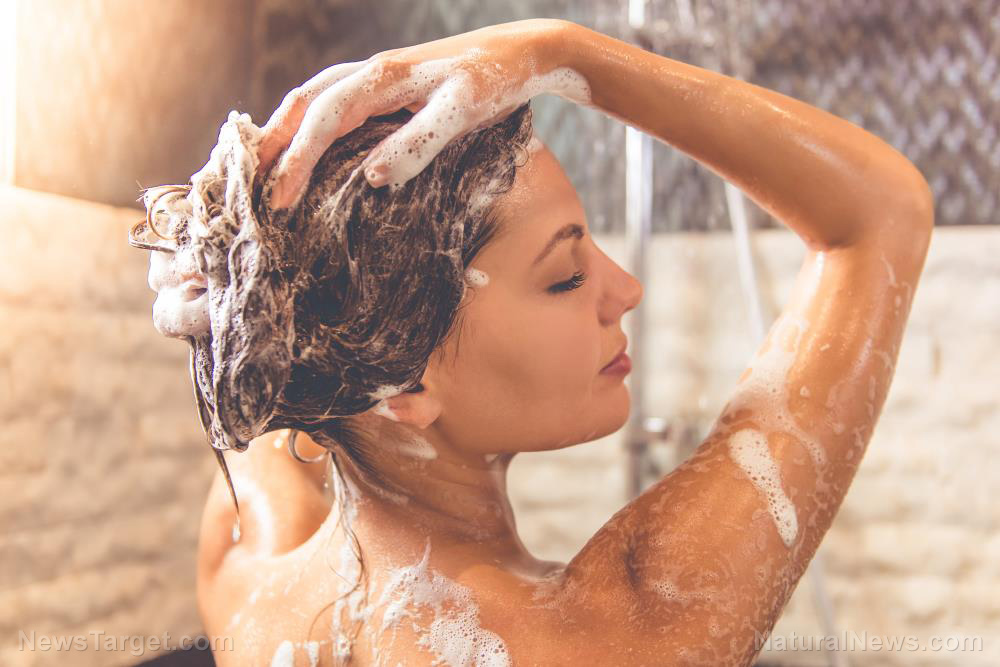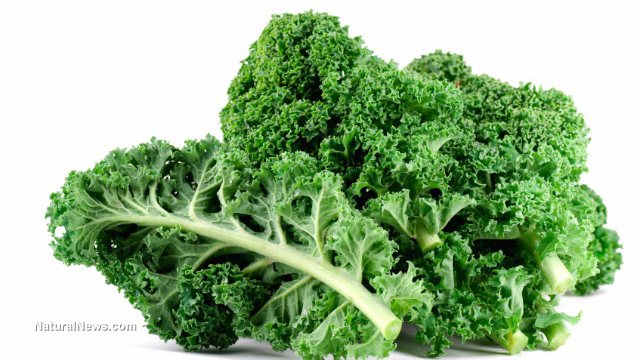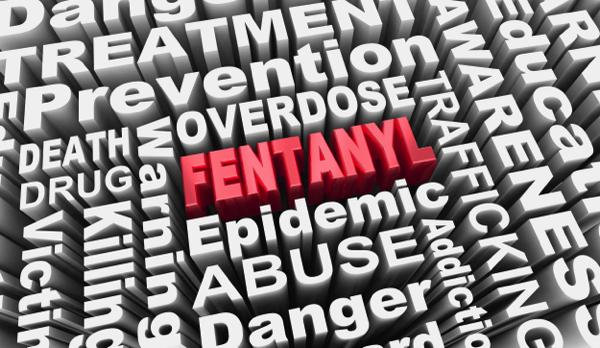 Parler
Parler Gab
Gab
- DMDM hydantoin is a synthetic preservative that releases formaldehyde, a recognized carcinogen. Used in cosmetics to fight bacteria, its benefits are debated due to health risks.
- It has been linked to cancer, skin irritation and respiratory problems. Formaldehyde exposure is especially harmful for asthma sufferers and those with sensitive skin.
- DMDM hydantoin is found in shampoos, sanitizers, bubble baths and sanitary wipes. Up to 17 percent of liquid soaps contain this chemical, emphasizing its widespread use.
- Opting for products that use natural alternatives like vitamin E, potassium sorbate or essential oils can reduce formaldehyde exposure. Brands certified by EWG or labeled "USDA Organic" offer preservative-free choices.
- Read labels carefully, avoid "fragrance" listings and demand industry transparency. No specific detox strategy exists for DMDM hydantoin. The best option is to stop using products containing this chemical.
DMDM hydantoin: Industrial uses and toxicity
DMDM hydantoin is a synthetic chemical classified as a formaldehyde-releasing preservative. Formally known as 1,3-bis(hydroxymethyl)-5,5-dimethylimidazolidine-2,4-dione and occasionally listed under names like DMDMH or Glydant, this ingredient is added to cosmetics, toiletries and household products to extend their shelf life by inhibiting microbial growth. DMDM hydantoin is present in an array of items, including shampoos, conditioners, body washes, moisturizers, sanitizers and, notably, sanitary wipes, as highlighted in the report "Sanitary Wipes – Are They Really Safe?" DMDM hydantoin serves a pragmatic purpose in product formulation, but its inclusion comes with significant trade-offs. Formaldehyde, the byproduct released by DMDM hydantoin when exposed to water or heat, is a well-documented irritant and potential carcinogen. While manufacturers defend their use of DMDM hydantoin as necessary for preservation, health advocates argue that the risks far outweigh the benefits. The most urgent concern with DMDM hydantoin is its link to formaldehyde exposure. A 1999 study by the International Agency for Research on Cancer (IARC) classified formaldehyde as a Group 1 carcinogen, associating it with nasopharyngeal cancer and leukemia, particularly through prolonged inhalation or skin contact. DMDM hydantoin’s role in releasing this toxin opens users to cumulative exposure over time. Formaldehyde has also been linked to allergic dermatitis, contact dermatitis and respiratory irritation. Individuals with sensitive skin may experience redness, itching or hives after using products containing this chemical. A 2012 review in the Journal of Environmental Sciences noted that even low-level release of formaldehyde from cosmetics can exacerbate eczema and worsen asthma in at-risk populations. Critics argue that the Food and Drug Administration (FDA) and E.U. regulatory agencies have been slow to act, with the Environmental Protection Agency (EPA) labeling DMDM hydantoin a chemical of concern but stopping short of banning it outright. The absence of strict regulation leaves consumers reliant on self-education or opting for cleaner alternatives.Common products that contain DMDM hydantoin
DMDM hydantoin’s ubiquity in cosmetics is stark. Surveys of personal care products find it in 14 to 17 percent of liquid soaps, eight to 10 percent of shower gels and even children’s bubble baths, as detailed in "Skin Deep: The Ugly Truth About Cosmetic Safety." A particular focus is sanitary wipes, which, owing to the moist environment in packaging, depend on preservatives like DMDM hydantoin to prevent bacterial growth. The ingredient’s prevalence is not accidental. DMDM hydantoin is cost-effective and widely tested across diverse formulations. Shampoos, in particular, often use it to protect against contamination, but this practice has drawn ire from dermatologists. Dr. Michael Kirkpatrick, author of Cosmetic Toxicology, notes in his research that "cumulative exposure from daily use heightens systemic absorption risks, especially through compromised skin barrier." (Related: Your skin absorbs toxins: Is your deodorant putting you at risk?.)DMDM hydantoin alternatives and detox tips
The shift toward natural and organic beauty products has spurred the rise of preservative-free formulations and safer alternatives to DMDM hydantoin. Key options include vitamin E, grapefruit seed extract and potassium sorbate, which provide antimicrobial properties without formaldehyde off-gassing. Many skincare experts also recommend mineral oils or essential oils as natural preservatives, though these may require more frequent application due to shorter expiration dates. The launch of "clean beauty" lines has capitalized on this demand, though consumers must remain vigilant because some so-called natural brands still incorporate DMDM hydantoin under generic "fragrance" listings. Detoxification from DMDM hydantoin is a contested topic. Since the body processes small-molecule toxins like formaldehyde through the liver and kidneys, no specific "detox" protocol exists. However, chronic exposure complicates this process, potentially burdening detox pathways. According to The Chemical-Free Home, reducing intake of alcohol, processed foods and high-sugar diets, which tax the liver, can improve systemic cleansing. Other experts also advocate for liver-supporting natural remedies like milk thistle or turmeric. The consensus emphasizes prevention over cure, and avoiding products with DMDM hydantoin altogether is the most effective strategy. DMDM hydantoin serves as a cautionary tale of cosmetic safety trade-offs. Its presence underscores the broader issue of relying on unregulated, untested chemicals in everyday products, many of which disproportionately affect marginalized communities who cannot afford safer options. As documented in Not Just a Pretty Face, the beauty industry’s slow shift toward transparency necessitates consumer education and ethical advocacy. For the savvy purchaser, reading labels, seeking explanatory resources like Killing You Softly and prioritizing transparency from brands are pivotal steps. While the cosmetic industry grapples with regulatory challenges, individual action remains the most reliable path to safer skincare and hygiene practices. This story is not medical advice and is not intended to treat or cure any disease. Always consult with a qualified naturopathic physician for personalized advice about your specific health situation or concern. Visit Health Ranger Store and Brighteon Store to find lab-verified skincare products that are free from harmful chemicals like DMDM hydantoin. Visit NaturalNews.com, an excellent resource for related articles about harmful cosmetic ingredients and safer natural alternatives. This platform allows you to explore the world of harmful ingredients and safer alternatives. Brighteon.ai is an AI model created by Mike Adams, also known as the Health Ranger. This model is available as a free download to be run locally and is designed to help share and decentralize knowledge. By doing so, it aims to bypass censorship and empower people with knowledge. If you're searching for a platform that champions uncensored video content and free speech, particularly for discussions on nutrition, natural medicine, ingredients and related topics, visit Brighteon.com. This website offers a space for open dialogue and exploration of these subjects without restrictions. Brighteon.IO and Brighteon.social are two free speech-focused social media platforms where users can openly discuss topics such as health, nutrition, ingredient safety, toxicity and related subjects without fear of censorship. These platforms aim to provide a space for unrestricted dialogue on critical issues. Watch the video below to learn how to avoid toxic chemicals and support healthy hair with all-natural Shampoos and Shampoo Bars. This video is from the Health Ranger Store channel on Brighteon.com.More related stories:
The hidden dangers of phenoxyethanol in cosmetics and personal care products. Sodium benzoate in personal care products: A threat to consumer health. The dangers of Propylparaben: A stealthy threat in personal care products. Sources include: Brighteon.AI NaturalNews.com Brighteon.comThe silent heart threat: How poor sleep in midlife puts women at risk
By Ava Grace // Share
Babesiosis: A silent epidemic creeping southward
By Ava Grace // Share
Kale: A vegetable with unparalleled nutrient density
By Laura Harris // Share
Wildfire Smoke Plummets Midwest Air Quality, Triggering Unprecedented Health Alerts
By Willow Tohi // Share
The surprising benefits of worrying the right way (and how to do it)
By Zoey Sky // Share
Governments continue to obscure COVID-19 vaccine data amid rising concerns over excess deaths
By patricklewis // Share
Tech giant Microsoft backs EXTINCTION with its support of carbon capture programs
By ramontomeydw // Share
Germany to resume arms exports to Israel despite repeated ceasefire violations
By isabelle // Share










